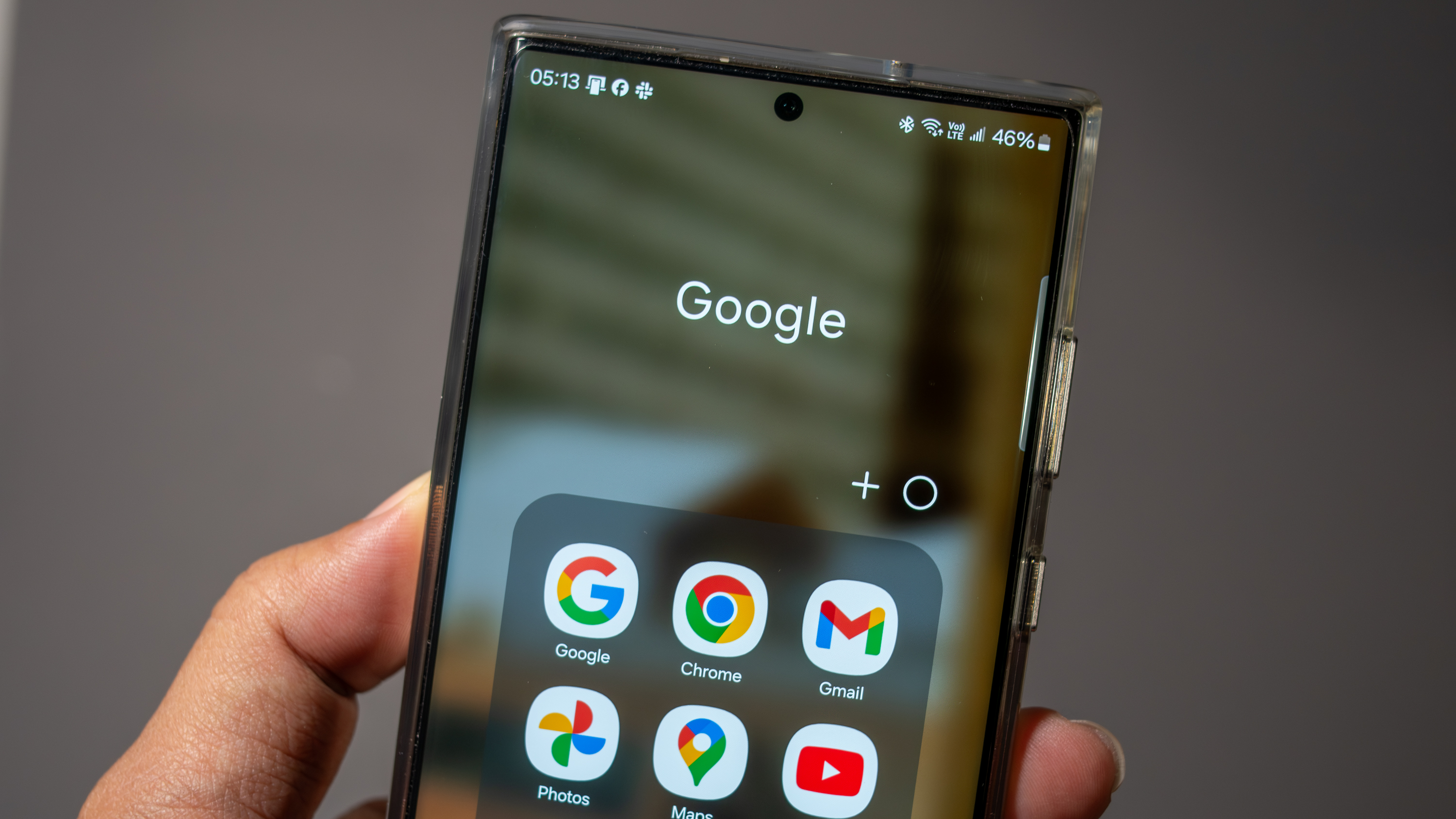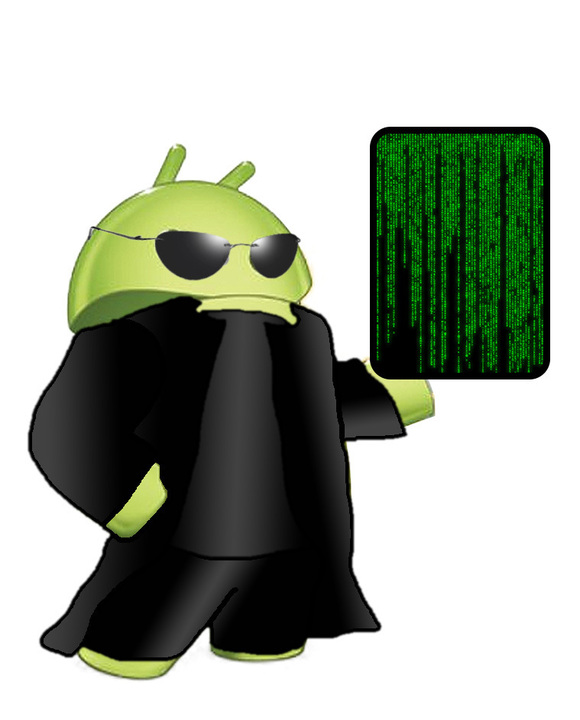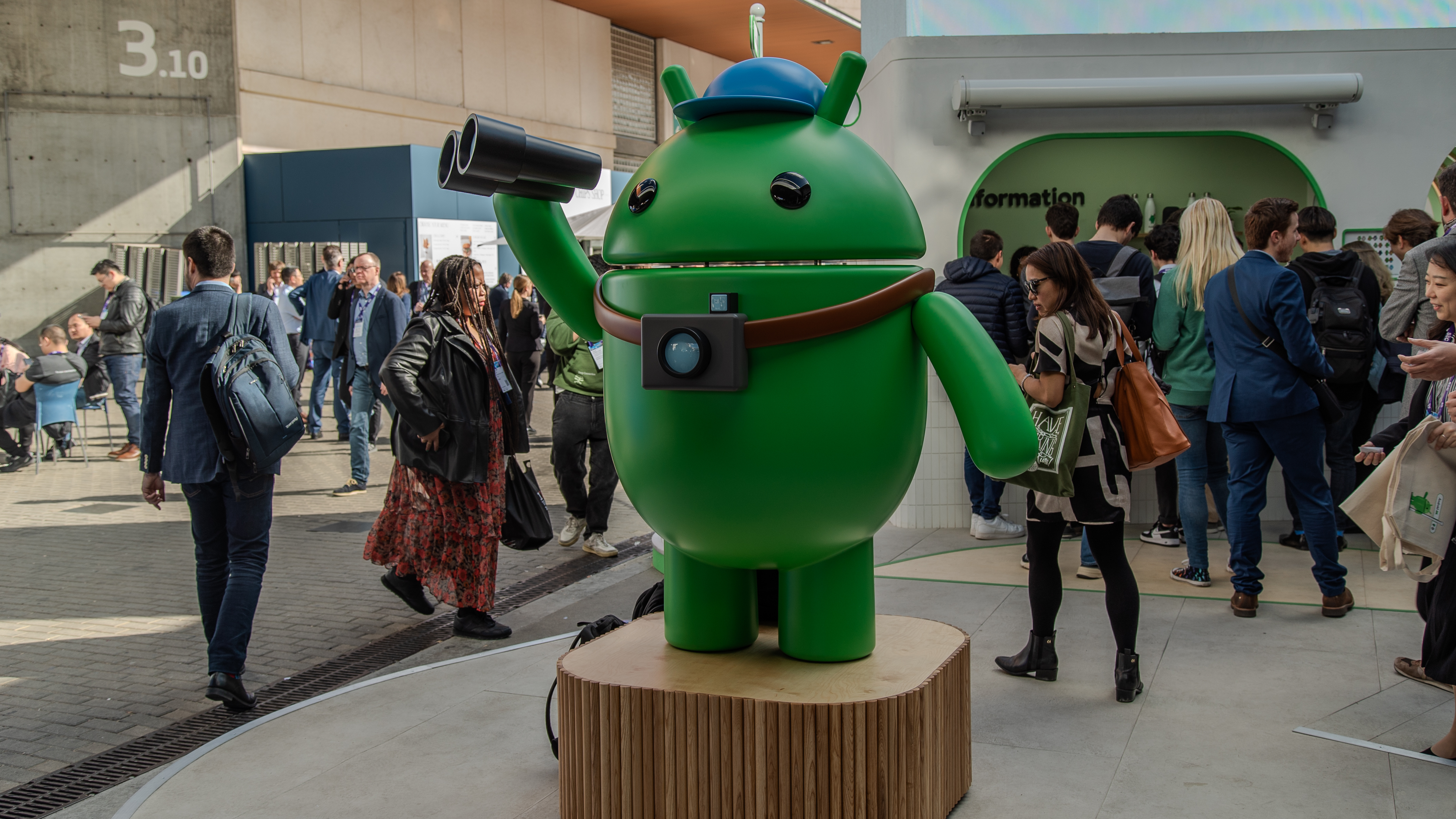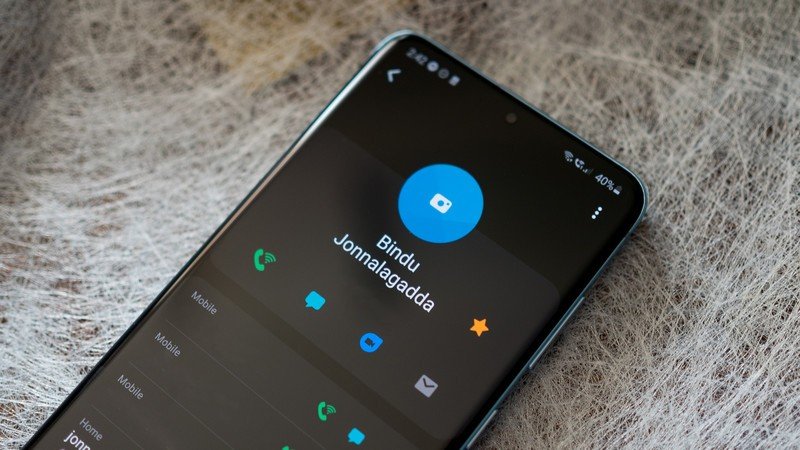Tech Talk: What is part of Android and what comes from Google?
Even the question can be confusing.

Welcome to Tech Talk, a weekly column about the things we use and how they work. We try to keep it simple here so everyone can understand how and why the gadget in your hand does what it does.
Things may become a little technical at times, as that's the nature of technology — it can be complex and intricate. Together we can break it all down and make it accessible, though!

How it works, explained in a way that everyone can understand. Your weekly look into what makes your gadgets tick.
You might not care how any of this stuff happens, and that's OK, too. Your tech gadgets are personal and should be fun. You never know though, you might just learn something ...
What is Android?

Android is not only one of the best pieces of software ever, but it can also be one of the most confusing. There are plenty of reasons for this, but a major one that many of us don't really understand is where the line between Android itself and Google gets drawn.
It's simple once you understand how it works, but it can be tough to do so because Google's relationship with Android isn't like Microsoft's with Windows or Apple's with iOS. It's not what most people are familiar with.
Let's start with the very basics. You might have heard all this before, but it's really important, so I'm starting here so everyone can understand.
Android started as an OS to run digital cameras and was started by the people behind the Sidekick. Google purchased the company about 20 years ago with the idea of using it for mobile devices. It's come a long way since.
Get the latest news from Android Central, your trusted companion in the world of Android
Android lives as millions of lines of code that anyone can download and do whatever they like with it. If you make any changes and distribute any products using it, you might need to share some of that code.
You can not buy a device that runs Android the way it sits. It's complete, but it isn't filled with features and apps, including the ones you need and love.
A company like Samsung that sells Android phones downloads it, changes the heck out of it, and adds a bunch of stuff to it. So does a company like Motorola or OnePlus. But you can't buy these phones, either.
Google then comes into play, and this is where things get confusing. To use the trademarked version of the word Android on your device, marketing materials, or packaging, you must follow Google's rules. You can do whatever you like and call your device JerryOS powered by Android, but if you want anything from Google, including the "proper" name Android, you must follow certain rules.
These rules have a few bits about hardware, some technical details, but most of them surround the Android app subsystem.

So far, Samsung has made a phone and built its version of Android for it. It now needs to "Googlefy" it. Google says what must be included as well as what can't be included.
The phone must include Google Play Services to make sure all apps built with it are compatible. It also must include a growing list of Google's own Android apps, such as Gmail, Chrome, the Google Search app, Maps, etc. Samsung puts all these in a folder on your home screen if you want an idea of what's all included, or visit the Google Play Store and search Google to see a list of its other apps.
Some of these apps replicate free open-source apps that are part of Android itself. Samsung can (and does) include its versions of these apps, too. Even though Samsung includes a full-featured web browser (for example), it still must include Google Chrome because it has to follow Google's rules to get approval.
An easy way to think about this is that if a phone maker wants to have the Google Play Store on its phones, it has to follow all the rules. But what if they don't?
Enter a company like Murena. It sells Android phones without any Google inside. There is no Google Play Store or other Google apps like Chrome or Photos, but there are alternatives pre-installed that Google doesn't make or own.
Finally, you have Google's own Pixel Phones. Everything about them, from top to bottom, comes directly from Google. All the free open-source apps that are part of Android are gone, and you won't see anything from Samsung unless you install it yourself.
Why does this matter?

To a lot of people (I'll even go as far as saying most people), it doesn't matter. All you need to know is that Android isn't just Google, but your phone has a bunch of software that is, because it has to.
The real distinction is the code. Android comes with a phone dialer. Google, Samsung, Motorola, and most other companies also make a phone dialer and replace the Android one with their own. They may even include both, and you'll have to choose which one to use by default when you first use it.
If Google forced companies to use its own phone dialer, you wouldn't have any of this, and you wouldn't have hundreds of other developers working on ideas to make the phone dialer better.

You also wouldn't have access to the code because Google's apps are not open-source. They develop these apps in-house and don't share anything, and aren't required to share it.
Part of the reason Android (without Google's stuff inside) is more secure than any other commercially available operating system, including Apple's iOS, is that people are constantly looking through that code, trying to break and exploit it. Nobody can audit the code for the Gmail app, so we have no idea what bugs might be living inside. When bugs are found, they are patched, and they are found a lot sooner when the source code is available.
I see this question a lot, and mostly from people who are simply curious about how it works. None of it makes a difference in the way you use your phone every day.
It is important, though, and it can be interesting to watch Google try to increase its influence over Android phones more and more every year. Whether that's a good thing or a bad thing, this is how it does it.

Jerry is an amateur woodworker and struggling shade tree mechanic. There's nothing he can't take apart, but many things he can't reassemble. You'll find him writing and speaking his loud opinion on Android Central and occasionally on Threads.
You must confirm your public display name before commenting
Please logout and then login again, you will then be prompted to enter your display name.
